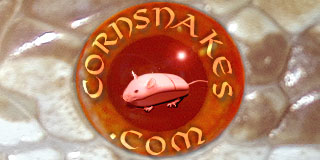countMEout
New member
I eventually would start a project with a friend of mine. Myself having an amel and he a ghost we have interest in breeding them. As we know all the offspring will be normals but triple het amel, anerythistic A, hypo so my question is would people be interested in purchasing normals that are triple het or would people no one be interested due to being normal. I thought knowing you are getting 100% triple het would be cool but then again I am a newb. multiple replies would be sweet as I doubt someone would by 15 baby normals at whatever date I start my project thanks everyone.
